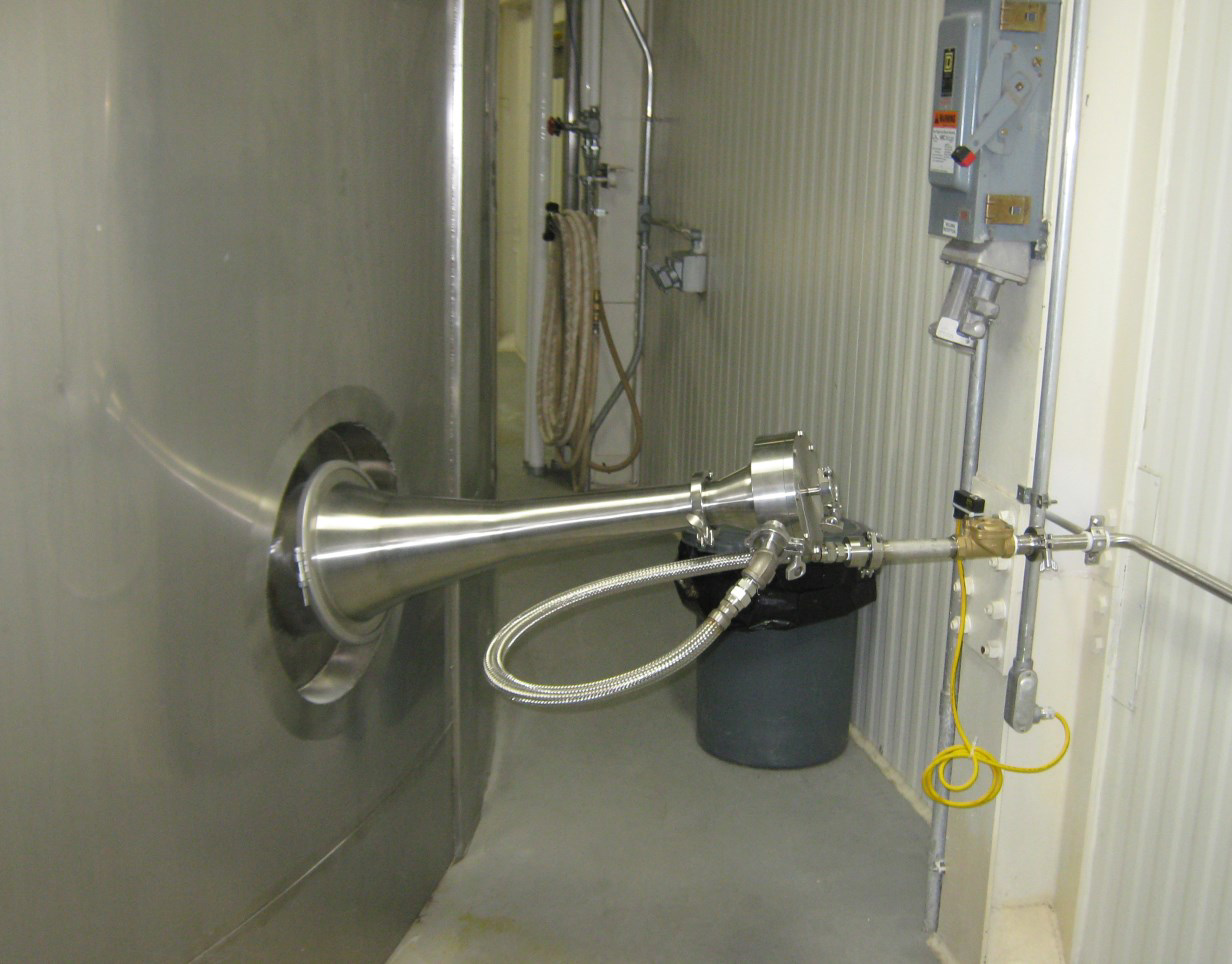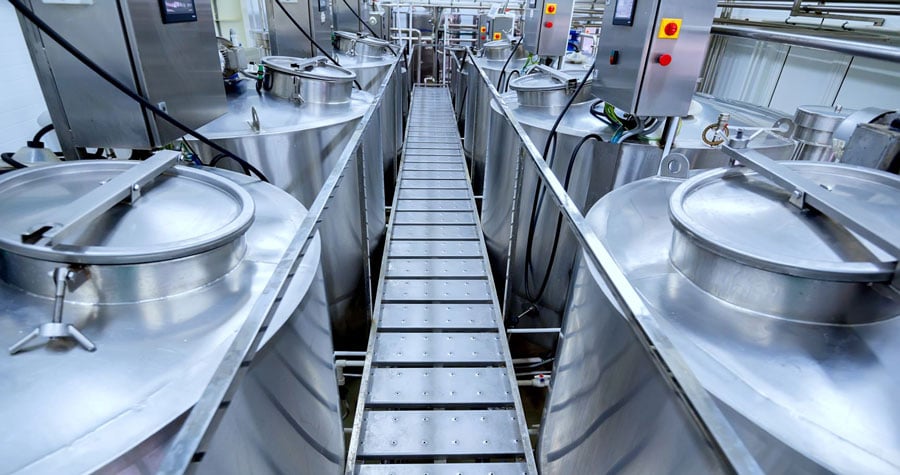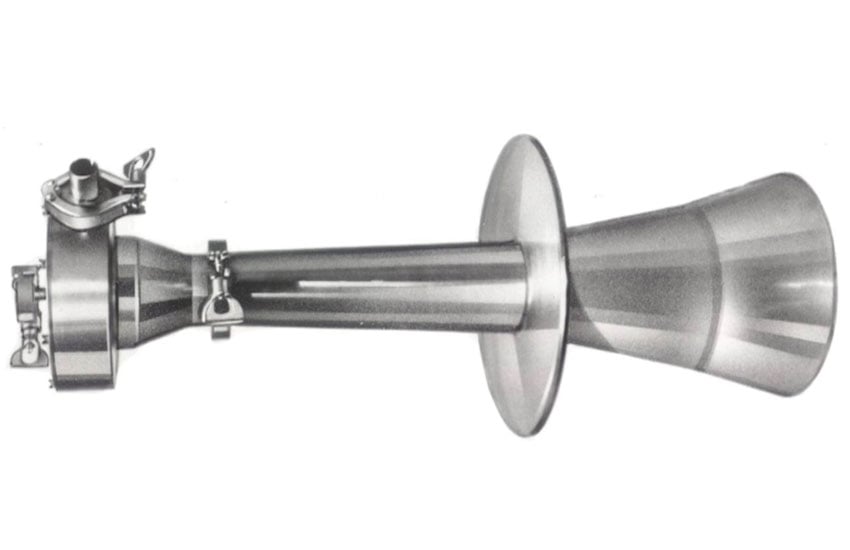Introduction to Acoustic Cleaning with Sonic Horns
Sonic Horn Acoustic Cleaning History
The use of sound vibrations produced by sonic horns, as a means of fluidizing unwanted dust and agglomerated particulate in industrial process equipment, has been a well accepted practice for years. Sonic horns have been used to clean filter bags in baghouses in the carbon black and cement industries since the 1950s. These early sonic horns proved that acoustic energy could improve filter bag cleaning in conjunction with the primary reverse-air cleaning however their benefit was not fully realized throughout the industry as they are today.
Sonic horns began their present popularity in the 1980’s after the utility industry started using sonic horns to help reduce baghouse pressure drop, which was limiting plant generating capacity. Sonic horns became extremely cost effective in improving bag cleaning, thus increasing the power plants megawatt generating capacity.




